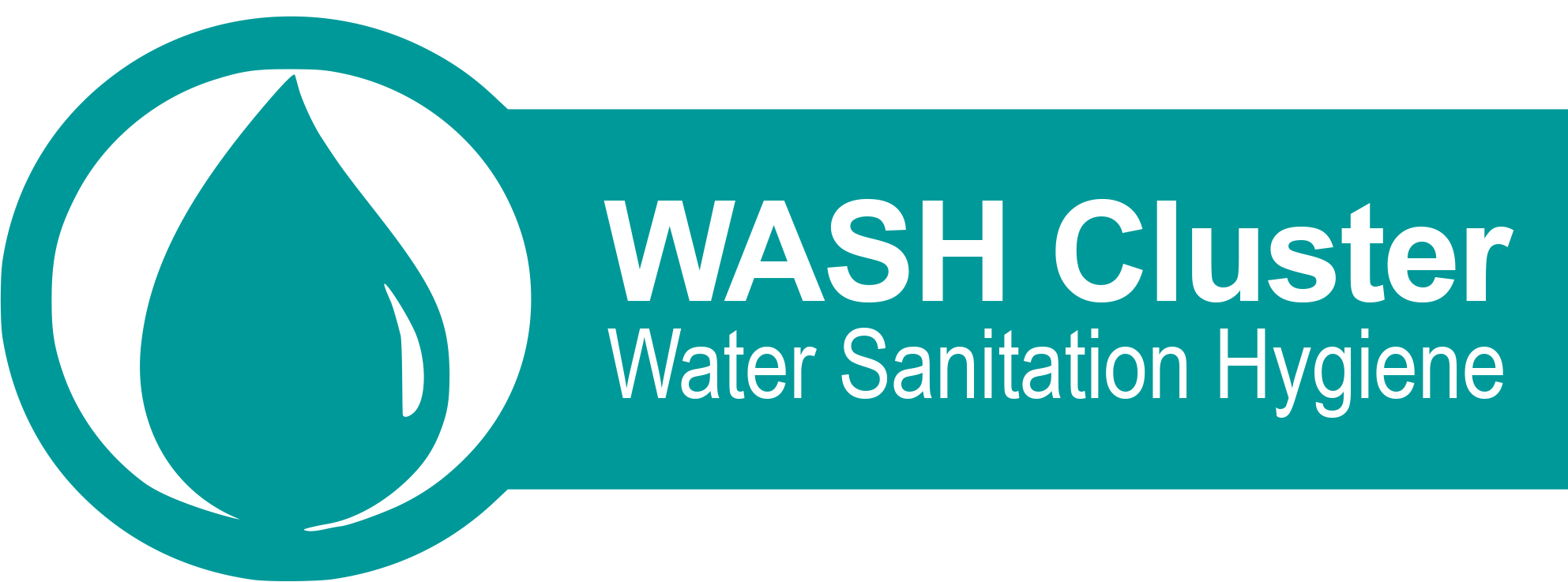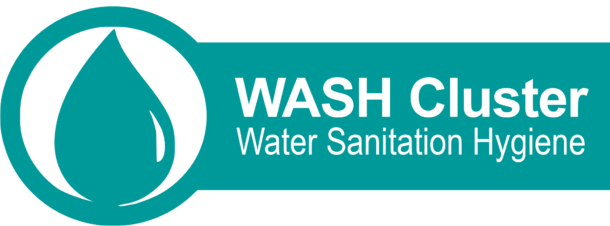GBV and risk mitigation in WASH
Objective:
• Peer-to-peer learning on good practices and challenges in GBV risk mitigation in WASH especially in the HPC.
This session will use mainly South Sudan as a case study to learn good practices, challenges and gaps of GBV risk mitigation into WASH especially in the HPC. South Sudan WASH cluster has been leading GBV risk mitigation into the HPC work in several years and considered as one of the best practices across. Some example from Afghanistan or other context may be presented. The session will be guided by four key questions 1) How to integrate GBV risk mitigation into the WASH HPC – collaboration with GBV and other actors, 2) how to implement the HRP in reality? 3) what is the impact of GBV risk mitigation into WASH outcome and 4) how has South Sudan kept the momentum and manage institutional knowledge of GBV risk mitigation? The participants will have opportunity to ask questions and share their thoughts and experiences in the session.
This session will be part of a broader GBV risk mitigation stocktaking workshop that UNICEF Global Cluster Coordination Unit is planning to organize in May and June and the lessons and discussion here will feed into the other sessions of the stocktaking workshop.
Presenters
Cristina Mena Lander – UNICEF
Francois Bellet – WASH Cluster coordinator
South Sudan WASH cluster coordination team
Masumi Yamashina – UNICEF
Organisation
Inter-Agency
Useful links / additional materials online (if applicable):
IASC GBV Guidelines website. It has many examples and resources of GBV risk mitigation.

